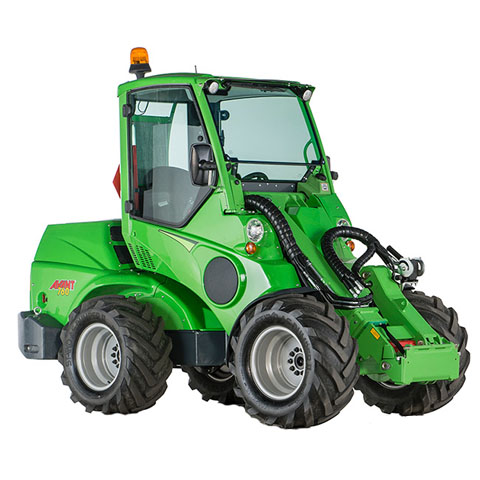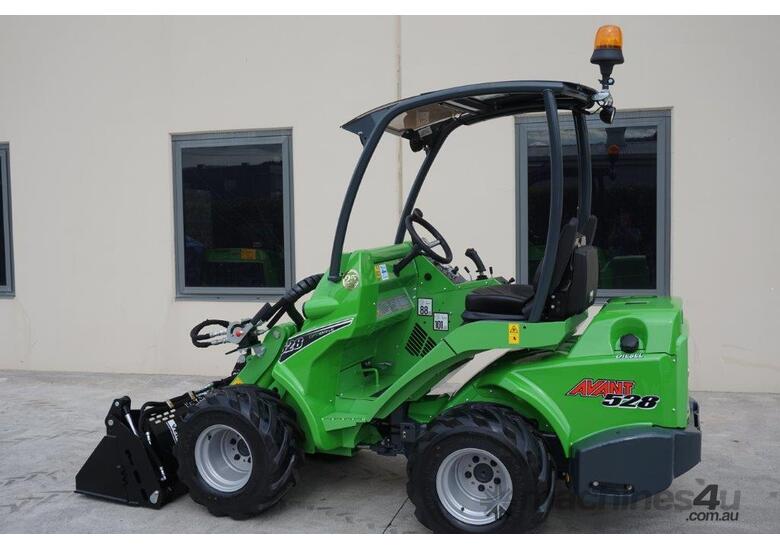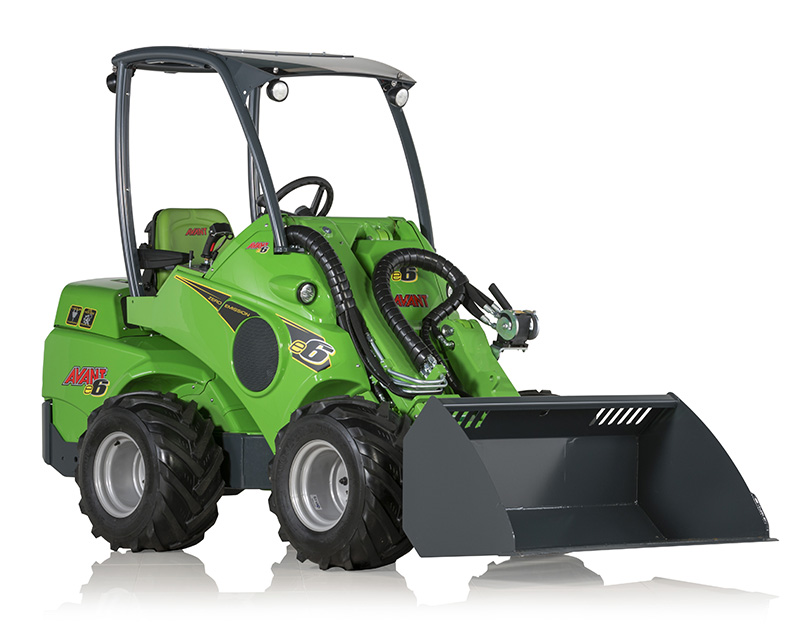Avant Life Insurance is a registered business name of Doctors Financial Services Pty Ltd ABN 56 610 510 328 (DFS). DFS provides administration services on behalf of NobleOak in respect of life risk insurance policies issued by NobleOak and administration services on behalf of Avant in respect of general insurance policies issued by Avant.
The easiest way of moving a storage shed is to dismantle it into its' component panels. However sometimes it is better to move a shed in one piece. The key to moving any shed successfully is making sure you prepare the shed before you move it and ensure you have the right tools to do the job.
- Hydrostatic Avant Optidrive TM: hydrostatic Avant Optidrive TM: Pulling force max. 1200 kp: 1200 kp: Drive speed max. 14 km/h: 14 km/h: Aux. Hydraulics oil flow / pressure: 66 l/min 200 bar: 50 l/min 200 bar: Turning radius inside/outside: 900 / 2190 mm: 900 / 2190 mm: Max. Lifting height: 2835 mm: 2835 mm: Tipping load: 1100 kg: 1100 kg: Max.
- Used Avant forklifts for sale in Mexico. 528, 630, e6, and e5. Find used counterbalance, rough terrain and warehouse forklifts on Machinio.
- Avant - leading the way We are the pioneers of easily operated and efficient multi-functional loaders with 30 years of experience in the field. We are the experts that constructed the most versatile compact loaders in the world.
This article is in three parts:
1. Firstly I will explain the theory of how to move a shed without dismantling it
I then have two examples:

2. In one example I show how to move a shed by hand using levers and rollers.
3. In the second example I explain to move a shed using a forklift and a truck. You could use similar strategies to move a shed on a trailer.
There are many reasons why you might want to move your storage shed:
You may want it in a different position in your existing backyard
You may have a problem with drainage in the current position and the shed has some damp spots underneath. That part of your yard may even flood at certain times of the year
You are looking for a sunnier spot to maximise the light as you work. Or to create a beautiful veranda outside the shed to enjoy a drink in the sunshine
You may simply want to move your shed closer to your home. So that it's easier to connect to the electricity supply or for accessing your stored items
Alternatively, you could be moving home. Whilst many people decide to leave their sheds behind when they move. If you've invested a lot of hard earned cash into your dream shed, you'll be reluctant to part with it.
What many people don't realise is that it's possible to move most types of storage shed. And moving a storage shed isn't as complicated as you might think.
How far do you want to move your shed?
There are a number of questions which will determine the method you use when moving a storage shed.
Firstly, you need to decide how far you want to move it. If you're moving home, you'll need to get your shed onto a trailer. This sounds more complicated than it is. But the system is really the same as moving a storage shed from one part of your garden to the other. You simply use the method I outline below to get your shed on and off the trailer.
The other question is size. This will really determine how you'll move your shed. For smaller sheds, a few rollers, such as scaffolding poles or round fence posts, a jack (hydraulic or mechanical), some timber and some human muscle will be fine. For larger sheds, you'll need more rollers, more help, and possibly a cable winch or a truck to pull your shed along.
Steps to moving a storage shed
The first step is to empty out the contents. The shed is already heavy enough without all your clobber inside!
The next thing you'll need to do is to prepare your storage shed for moving. It's no good just dragging it across the yard without strengthening it first. Attach wooden braces to the studs for added stiffness. Pay particular attention across door and window openings. Any distortion in the window frame may crack the glass or weaken connections in the frame of the building. If the shed floor is made of floorboards this will require stiffening as well. Make an X-shaped brace across the floor as a plan brace to prevent the floor 'racking' as the shed is being moved.
The next step to moving a storage shed is to lift it at one end so that the rollers can be placed under. For a small shed, pass a rope or length of nylon webbing beneath the shed. The shed can then be lifted with one, or more, people pulling on each end. When the shed is lifted off the ground a third person can place a roller under the shed.
If you have a larger shed you may need to use mechanical or hydraulic jacks to do the heavy lifting. In the example that follows I used a small hydraulic car jack to lift the shed. If the shed has been in one place for a long time you may need to locally dig around the base to gain access to the corners.
With the shed lifted up, inspect the underside of the floor
If you are moving a shed on skids, that's great the rollers go under the skids. If it is joists and they are running at right angles to the direction of travel then you will need to fit a scaffold board to the underside of the shed, as I did.
Also if the shed has been in one place for any period of time check the condition of the floor timbers. Timber in proximity to the damp ground may have caused some decay and some timbers may need replacing.
Make any structural repairs that are needed so that the shed is in the best shape possible prior to moving it.
Before you start moving a storage shed make sure you've prepared your new shed base. So that it has a nice level foundation to rest on when it arrives at its destination.
Once you've strengthened the frame and lifted the shed you'll find the easiest method of moving it, is on rollers. If you're moving a smaller storage shed, metal scaffolding poles or 4' diameter wooden fence poles are ideal. If you're moving a larger storage shed, you may want to use a cable winch or a truck to pull the shed along.
Brace any openings that you need to to keep the frame square
Moving a shed on rollers
Use rollers and scaffold boards on the ground if you are running on soft grass
Moving a storage shed by yourself is possible but it is better to have someone with you to help. In terms of dividing up the tasks I found that having one person who focussed on 'steering' the shed and the other pushing and moving the poles worked well.
Steering the shed was achieved with a scaffold pole to lever the shed in the desired direction.

The other person provided the motive power, by pushing the shed, picking up the poles as they came out from behind and carrying them to the front. So that there was always at least two poles under the shed at anyone time.
You then manoeuvre the shed into its new position, or onto a trailer if it's going to your new home.
Example 1: How to move a small shed on rollers
I built this shed in a barn and then needed to move the shed out into the yard to its final position. I decided not to completely assemble the shed in the barn to save a little on weight.
The shed prepared and ready to go
The best strategy for moving a storage shed is to do it 'Egyptian Style' using rollers. The first step was to use a hydraulic car jack to lift up each end of the shed in turn to remove the screw jacks from each corner of the shed.

Scaffold boards were screwed to the underside of the shed and also used for the running surface in the barn
The barn floor was of rough compacted chalk so I used some scaffold boards to create a smoother running surface until we got the shed out of the barn and onto the smoother concrete surface of the farmyard. We had to make sure that at least two rollers were under the shed at any one time.
The rollers were 100mm diameter, 2.4m long wooden fence posts
With the shed lowered on to rollers it moved forward surprisingly easily. Possibly the trickiest thing to do was to 'steer' the shed. This was achieved using a scaffold pole to lever the front of the shed into the required direction.
Getting the shed out of the barn
The shed is just out of the barn. Using a scaffold pole to help steer the shed around a 90 degree bend
The general direction of travel was downhill but even moving up a slight incline would have been possible. With one person concentrating on the steering the other removed rollers from the back as they became free and brought them round to the front.
As poles were removed from the back they were carried round to the front of the shed

Approaching the final location of the shed

The shed was eventually in its final resting place about 50m from where its construction had started. The jacking process was reversed to lift the front then the back of the shed up so that the screw jacks could be inserted into the base frame and then adjusted for level.
The shed in place requiring final levelling
Jacking the shed up again to insert the screw jacks and adjusting for level
Shed in final position with siding, doors and windows fixed
Example 2: How to move a shed to the next village
After the shed was complete I found a local buyer who lived a couple of miles down the road. Dismantling the shed would have been difficult due to the weight of the sweet chestnut shingle roof.
After a short while head scratching we decided the answer was to use a forklift and a flatbed truck to move the shed. We could have used similar techniques and strategies to move the shed on a trailer. But the size of the truck and shed meant that in this case we gained better maneoverability for getting in and out of tight property entrances by using a truck (as you will see!).
The estimated all up weight of the shed was in the region of 1,000kg. This was close to the lifting limit of the Avant 745 loader that we were using as a forklift and the length of forks we had available.
The main strategy that we used in all of this was to minimise the amount of moving the shed on the forklift and also minimise the height and duration of any lift. The reasoning behind this strategy was to minimise the possiblity of damage occuring to the shed due to it becoming unstable and toppling over.
Relocating a shed, step by step
1. As you can see from the first picture the shed had weathered nicely in-situ but looked a bit incongruous in the farmyard.
2. Making sure that the load was over the forks.
A timber spreader was used between the forks and the floor joists to evenly distribute the load into the shed floor.
3. Moving the shed backwards, keeping the shed low
4. Lifting the shed, and reversing the flatbed lorry underneath.
Minimising movement of the shed at height on the forklift reduced any chance of the shed becoming unbalanced.
Avant Forklift Prices
5. Shed loaded on to the lorry.
Notice the two straps that hold the shed down. The initial lift showed how 'top heavy' the shed was. Unlike most sheds, which have lightweight roofs, this roof was of solid timber shakes, each 20mm thick and with an average thickness of three shingles it was by far the heaviest part of the shed (and the most beautiful).
Avant Forklift Manual
The shed was transported along the public highway at a speed of 20-30mph. It had survived gales the previous winter with gusts of 40-50mph so we reckoned the shingles would easily resist the wind load at that speed.
6. Arriving at site.
A key factor for this project was the accessibility of the garden to vehicles. A bit of reversing was required to get through the gate but after that it was straight forward to reach the concrete pad that the shed was going to sit on.
7. The lorry was reversed into position near the new site
8. The aim was to lift the shed vertically off the back of the lorry, move the lorry out of the way and then slowly lower the shed so that it was close to the ground.
9. With the lorry out of the way the forklift lowered the shed and slowly moved forward.
You can see that the shed is slightly tilted backwards. This is to keep the centre of gravity of the shed over the forks. The ground was quite uneven and if the forklift lurched forward the shed could have started to tip over. The aim at each step was to move the shed slowly and deliberately.
10. Approaching the future site of the shed. Note how the shed is still tilted backwards.
Avant Forklift Service
11. A little more jiggling forward and back and the shed was sitting squarely on the concrete pad.
Conclusion
The steps to effectively moving a storage shed are:
- Empty the shed to minimise the weight
Prepare to move the shed by bracing any panels that aren't already braced
Plan the route. Lift the shed and insert rollers under the shed
Start to move. One person steer, one person push and move the rollers. Communicate
When you arrive at the destination, jack up the shed to remove the rollers and install on the foundation.
Next step:
This was a very clean example of moving a shed:
Avant Forklift Accessories
